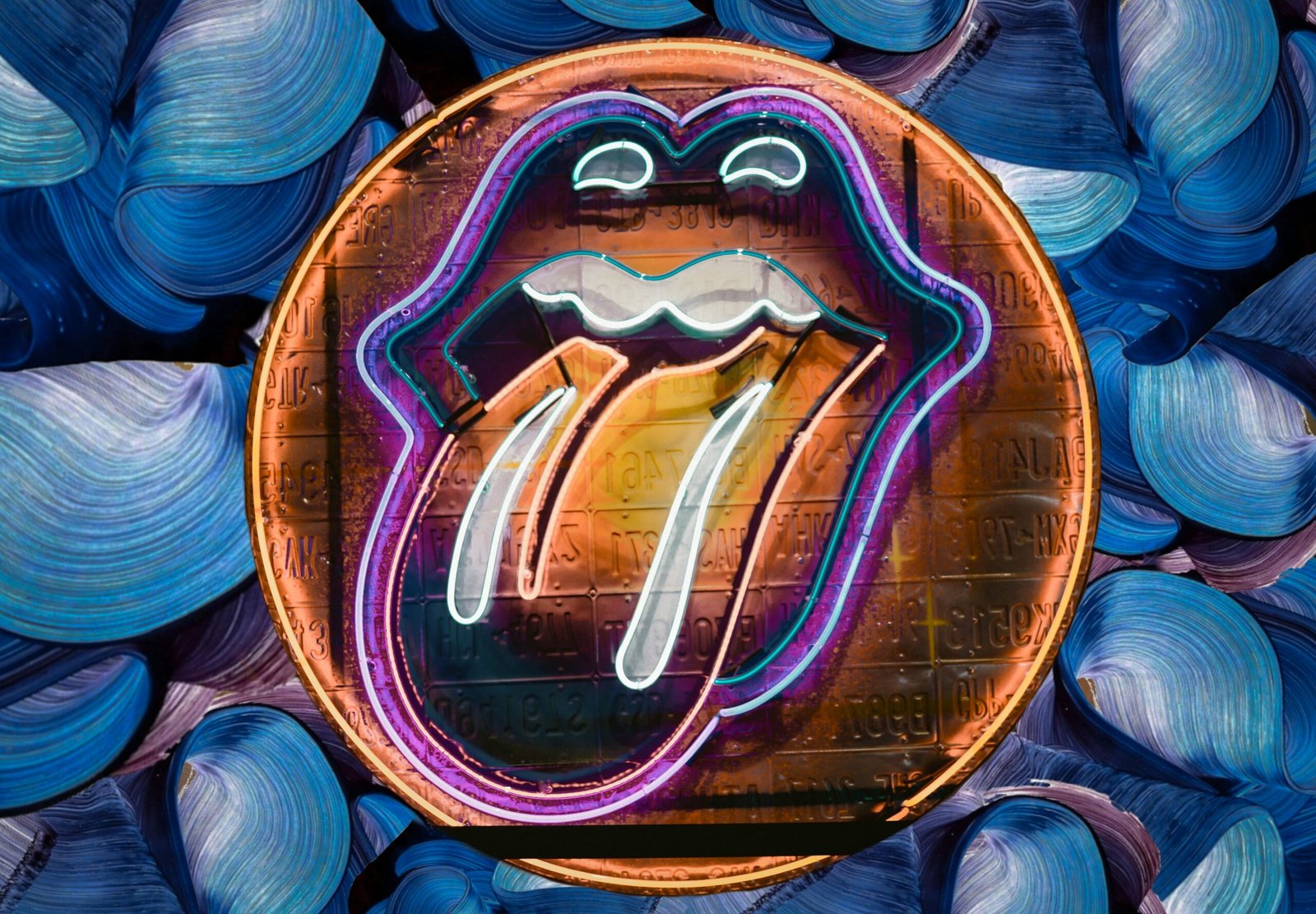The Impact and Legacy of the Rock ‘n’ Roll Revolution
The rock ‘n’ roll revolution of the 1950s and 1960s had a profound impact on music, culture, and society as a whole. This musical genre, characterized by its energetic and rebellious spirit, not only changed the way we listen to music but also challenged societal norms and sparked a cultural revolution. One aspect that is often associated with the rock ‘n’ roll movement is its connection to sexual liberation and the exploration of sexual aspects.
The Birth of Rock ‘n’ Roll
Rock ‘n’ roll emerged in the United States in the early 1950s, blending elements of rhythm and blues, gospel, country, and jazz. It was a genre that appealed to young people, with its catchy beats, electrifying guitar solos, and lyrics that spoke to the experiences and emotions of the youth.
One of the key figures in the birth of rock ‘n’ roll was Elvis Presley. His provocative dance moves and suggestive performances challenged the conservative values of the time and created a sensation among his fans. Elvis became a symbol of rebellion and sexual freedom, with his music and persona embodying the spirit of rock ‘n’ roll.
Challenging the Status Quo
Rock ‘n’ roll music and its performers challenged the status quo in many ways. The lyrics often touched on themes of love, desire, and relationships, which were considered taboo in mainstream society. Artists like Chuck Berry, Little Richard, and Jerry Lee Lewis pushed the boundaries of what was considered acceptable, both musically and socially.
Rock ‘n’ roll concerts and performances also became a space where young people could freely express themselves and break free from societal constraints. The energy and excitement of these live shows created a sense of liberation and allowed for the exploration of one’s own identity, including their sexuality.
Sexual Liberation and Expression
The rock ‘n’ roll movement played a significant role in the sexual liberation of the time. It provided a platform for artists and fans to openly express their sexuality and challenge traditional gender roles. The music itself often had a sensual and provocative undertone, with lyrics that alluded to sexual desire and experiences.
Artists like Janis Joplin, Jimi Hendrix, and The Rolling Stones further pushed the boundaries of sexual expression in rock ‘n’ roll. Their performances and stage presence were characterized by a raw and uninhibited sexuality that captivated audiences and sparked controversy.
Legacy and Influence
The impact of the rock ‘n’ roll revolution continues to be felt today. Its influence can be seen in various genres of music, from punk to heavy metal to pop. The spirit of rebellion and individualism that rock ‘n’ roll embodied has become a cornerstone of popular culture.
While the sexual aspects of rock ‘n’ roll were often met with controversy and criticism, they also played a crucial role in challenging societal norms and opening up conversations about sexuality. The movement paved the way for future generations of artists to explore and express their own sexual identities freely.
It is important to note that the connection between rock ‘n’ roll and sexual aspects should not overshadow the broader impact and legacy of the genre. Rock ‘n’ roll revolutionized the music industry, empowered the youth, and gave a voice to those who felt marginalized. Its influence on culture and society cannot be underestimated.
In Conclusion
The rock ‘n’ roll revolution of the 1950s and 1960s had a profound impact on music, culture, and society. Its connection to sexual aspects challenged societal norms and sparked a cultural revolution. The genre provided a platform for sexual liberation and expression, allowing artists and fans to openly explore their sexuality. While the sexual aspects of rock ‘n’ roll should not overshadow its broader impact and legacy, they played a crucial role in challenging societal norms and opening up conversations about sexuality. The rock ‘n’ roll movement continues to influence music and culture to this day, leaving an indelible mark on society.

